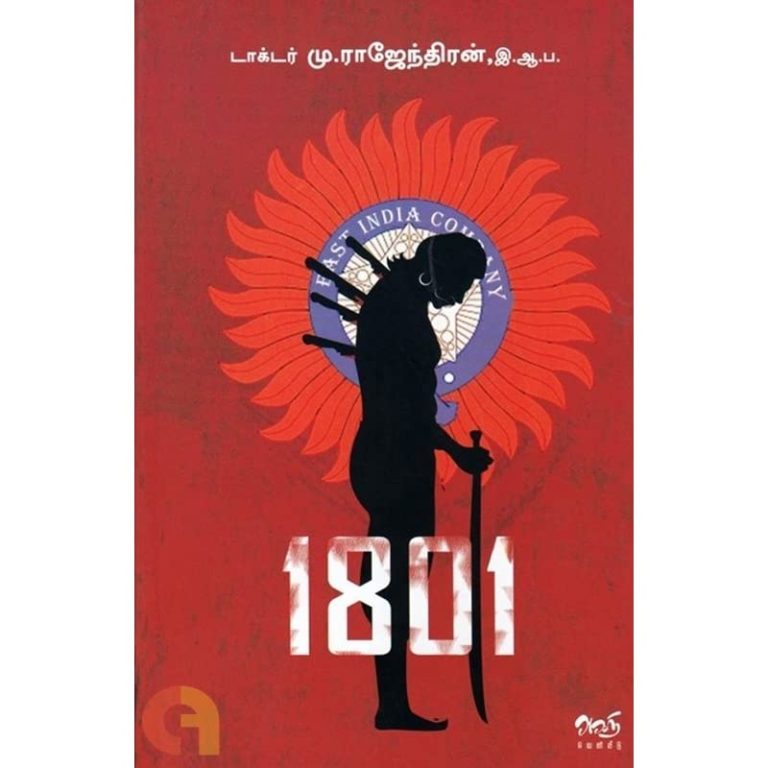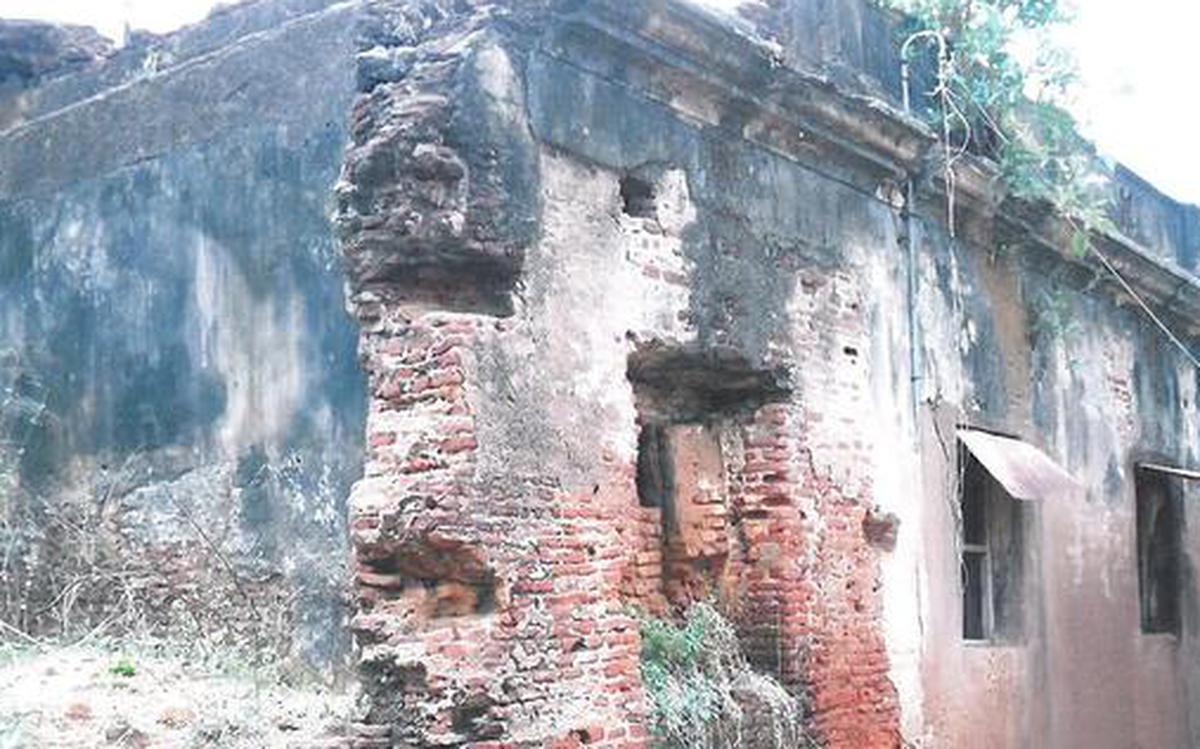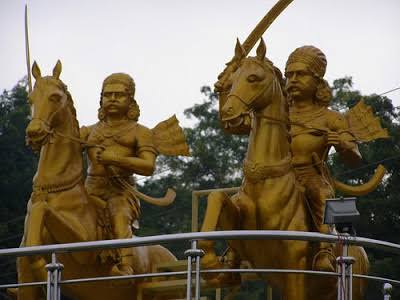
The haunting era is brought to life in ‘1801’, IAS Officer M. Rajendran’s novel
B. Kolapan
The year 1801 may not hold particular significance for students of history today, but it was a milestone in the Independence movement. In 1801, all major rebels including the Marudu brothers, Veerapandia Kattabomman’s brothers Sevathaiah and Oomaithurai, Virupachi Gopala Naicker and Bommu Naicker were hanged, and the British established colonial rule over 72 Palayams in Tamil Nadu.
The haunting era is brought to life in ‘1801’, IAS officer M. Rajendran’s novel, published by Akani, that provides a gripping account and makes the case for a deeper exploration of the Indian War of Independence from 1799, the year Kattabomman was hanged. It was 160 days after Tipu Sultan was killed.
“The British hanged people on mere suspicion in public places with impunity and for the first time exiled 72 rebels from Nanguneri, Dindigul, Coimbatore and Varapur along with Duraisamy, the 12-year-old son of Chinna Marudu, to Penang. In the 18th century, they introduced a system of financial rewards for anyone providing information about rebel leaders,” says Mr. Rajendran.

The novel’s publication coincides with the non-fiction account of the period in Shashi Tharoor’s An Era of Darkness: The British Empire in India. “There are many accounts of the perfidy, chicanery and cupidity with which the Company extracted wealth from the native princes and went on to overthrow them and take over their territories,” writes Mr. Tharoor.
Hearsay distortions
The novel opens to the time just after the execution of Kattabomman and seeks to set right hearsay accounts of the Marudu Brothers, particularly that the two had differences of opinion and other matters.
To drive home the point that the British killed with impunity, the writer narrates the murder of Muthuvaduganatha Thevar, the king of Sivaganga and his wife Gowri Natchiyar, by Major Banjore, even though he had signed a truce with the British.
In the novel, Oomaithurai, Kattabomman’s brother who was born deaf and dumb, emerges a hero. Colonel James Welsh could not hide his admiration for Oomaithurai. The Colonel was a friend-turned-foe of the Marudu brothers and attacked them simply because they refused to give up Oomaithurai. Mr. Rajendran has drawn from the Welsh’s Military Reminiscences for his narrative.

Doomed to gallows
“Oomee was adored. His slightest sign was an oracle and every man flew to execute whatever he commanded. Poor Oomee was at last doomed to grace the gallows in reward for the most disinterested and purest patriotism,” recalled Welsh.
The novel deals elaborately with the plight of Anglo-Indians and the life of British women married to British officials in India. As Mr. Tharoor describes, they were the rejects of the British upper and upper middle classes, women who were too smart or too plain to find a good husband. In India they lived with all comforts and the social status denied to them in England.
“Anglo-Indians were at the receiving end after [Lord] Cornwallis, through an order made it clear that only the British were entitled to serve in posts with a salary that crossed ₹500 per annum. They were also not allowed entry to parties organized by British officers,” Mr. Rajendran said.
There is also a fictional character, Robin Kalyani, and his mercenary army fighting for the Indian kings against the British.
_____________
Courtesy: The Hindu